Natural Resources

Summary
Natural Resources are such that which exist without the help of human being such as sunlight, water, air, atmosphere, crops, animals, magnitude, gravitational force etc. Natural resources are living and non-living things which occur in nature.
Classification of Natural Resource
Natural resources can be classified into 2 types
Renewable Resources
Non renewable resources
Renewable Natural Resources
A renewable resource is a resource which can be used repeatedly and replaced naturally. Example wildlife, forest, freshwater, timber, oxygen, and solar energy.
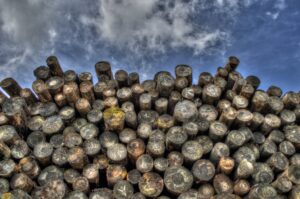
Non renewable natural resources
is a natural resource that cannot be readily replaced by natural things that take longer than a person’s lifespan to be replaced. In fact, they can take millions of years to form. Example: fossil fuel, coal, minerals, oil, gas, etc.
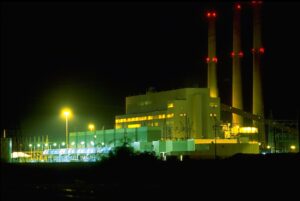
Water
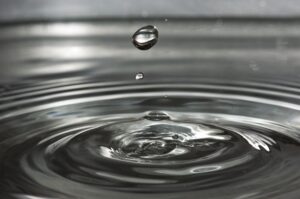
Water is a unique natural resource as it is very much essential for the existence of life. Water is inorganic, colorless tasteless chemical substances. Its chemical formula is H2o it means each of the molecules contains one oxygen and 2 hydrogen atom. Water covers 71% of the Earth’s surface, mostly in seas and oceans. It is one of the most important components required for sustaining life on earth. About 2.4% of the water is found in glaciers and polar ice-caps. The remaining water is found in rivers, lakes, ponds, and other water bodies. As such, a very small percentage of this valuable natural resource is available for human use.
Distribution of Water
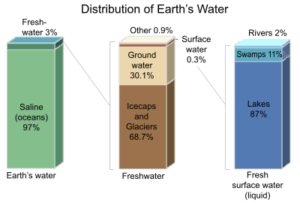
- Distribution of water on earth:- With even such a small quantity of water available, humans have been using water for various purposes. It is estimated that the average consumption of water by a human being ranges from 20 liters to 30 liters per day, depending on their activity and place of living. Water is used for various human activities like drinking, agriculture, washing, and recreation. In addition, water is used in heat exchange processes, industries, and fire extinguishers. The largest use of water is in the agricultural sector. In our country, it is estimated that more than 80% of the water available for human use is employed for agricultural practices. In states like Punjab, Haryana, Uttar Pradesh, and Gujarat, over 85% of irrigation is done through groundwater sources. We have been misusing and polluting water to a great extent. Some of the problems related to water in our country are scarcity, overuse. n the first bar, notice how only 2.5% of Earth’s water is freshwater – the amount needed for life to survive.
- The middle bar shows the breakdown of freshwater. Almost all of it is locked up in ice and in the ground. Only a little more than 1.2% of all freshwater is surface water, which serves most of life’s needs.
- The right bar shows the breakdown of surface freshwater. Most of this water is locked up in ice, and another 20.9% is found in lakes. Rivers make up 0.49% of surface freshwater. Although rivers account for only a small amount of fresh water, this is where humans get a large portion of their water from.
Soil
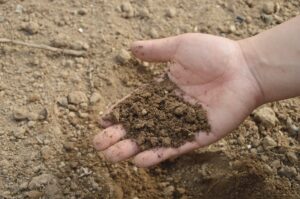
Soil is a natural resource mixture of organic matter, minerals, gases, liquids, and organisms. it is the place of living for a wide variety of organisms like earthworms, crabs, insects, and microorganisms. Soil absorbs rainwater. The soil water is used by plants. Salinization is the increase of salt concentration in soil and is, in most cases, caused by dissolved salts in the water supply. Soil pollution decreases fertility and in extreme cases, it deteriorates the soil. Waterlogging and salinization are the main causes of another serious problem in which once fertile lands are becoming barren and useless. This is called desertification. Apart from this, the use of chemical fertilizers has also been a serious cause of soil pollution. The use of pesticides to protect our agricultural crops has also been adding to this problem. However, the most serious threat to the soil is the process of erosion. Topsoil is getting exposed due to activities like deforestation and overgrazing. As a result, the soil is being subjected to the action of wind and water. This is leading to a huge loss of useful fertile topsoil. formation of soil occurs by a natural process called weathering of rocks. The rate at which soil formation occurs is much less compared to the rate at which soil erosion takes place. This has led to a serious concern about soil conservation. Soil protection has now become an integral part of any conservation plan. Restoring soil quality can be a solution for many of the environmental issues bothering human life.
Forest
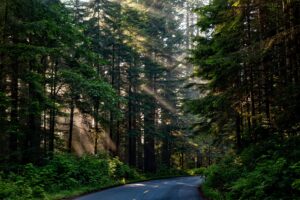
Forest is a large area of land dominated by trees, The first known forests on Earth arose in the Late Devonian (approximately 380 million years ago), they are renewable natural resources they play the major role to the environment, Forests maintain the water cycle. They provide habitat for wildlife. They maintain soil quality by preventing soil erosion. They provide timber and many other useful products and services. A forest consists of many components that can be broadly divided into two categories that are biotic (living) and abiotic (non-living) components.
It is now estimated that only 20% of the world’s original forests remain intact and undestroyed. last 20 to 30 years deforestation has increased such an extent that we are today facing several environmental problems. The pattern of rainfall has changed since the water cycle has been affected. The rate of soil erosion has increased as the vegetation cover on soil has been destroyed. It is now necessary to restore the forests by activities such as afforestation. And therefore 21 march is observed as the world forest day.
Wild life
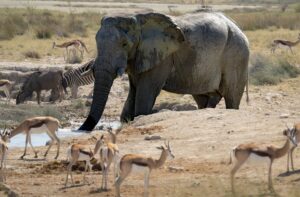
The term wildlife refers to the species of plants and animals found in the forest. It represents the diversity of organisms inhabiting our forests, seas, and oceans. Human activities such as hunting, poaching, and capturing have severely affected wildlife leading to the extinction of many species. Many other species are facing a threat of extinction in the near future. Efforts are being made to conserve the living resources through their maintenance in their natural habitats.
Some of the examples of conservation measures are. National parks, wildlife sanctuaries, bird sanctuaries. conservation of living resources involves measures wherein sample populations are protected in zoos, botanical gardens, and other man-made situations. It may also involve the creation of seed banks, gene banks, and similar genetic resource centers.
Fossil fuel

Fossil fuel is a fuel formed by natural processes, Resources like coal, petroleum products, and natural gas are collectively called fossil fuels. After millions of years underground, the compounds that makeup plankton and plants turn into fossil fuels (or) the result of the photosynthetic activity of green plants which were existing millions of years ago. They got submerged within the earth’s crust and formed the fossil fuels. If their consumption is not reduced we foresee their total depletion in the near future.
Coal is a natural resource with high carbon content.
1.Anthracite:- in which carbon content is very high about 80%.
2. Lignite: has about 50 to 65% of carbon.
3. peat: contains about 40% of carbon
4. Bituminous coal: has less than 40% of carbon.
Petrol, diesel, kerosene, lubricating oils and naphtha represent various forms of petroleum products. They account for about 40% of the total energy consumed in the world.
Natural gas is formed in the same way as oil. The low sulphur content of natural gas makes it the least polluting source of fuel. once we discovered a fossil fuel we keep utilizing it at an increasing rate. A total of about 227 billion barrels of oil was extracted from fossil fuel.
1 barrel =159 liters.
About fifty percent of this was extracted in 100 years, while the next fifty percent was extracted in just 10 years. Today consumption rate is more than the rate of formation of fossil fuels. In one day we consume what the earth has taken one thousand years to form! Hence, fossil fuels are called nonrenewable natural resources.
Mineral Resources

A mineral is a substance that is naturally found in the earth’s crust and is not formed from living matter. Representable by a chemical formula, that is usually solid and inorganic, and
has a crystal structure. Minerals are formed due to earth’s geological processes over millions of years. Hence, minerals are also non-renewable resources.
Mining is the process of extraction of the minerals from the earth’s crust.

Mining has become more intense and widespread in recent years causing serious environmental problems.
Minerals such as gold, iron, copper, and aluminum and materials like stone, sand, and salt are extracted and processed for human use.
Difference between living and non-living resources.
| Living resources | Non living resources |
| The resources which have life is called Living resources. | The resources which haven’t life is called non-living resources. |
| All living things breathe, eat, grow, move, reproduce and have senses. | Non-living things do not eat, grow, breathe, move and reproduce. They do not have senses. |
| Living things are sensitive to touch | Non living things do not have sensation |




























